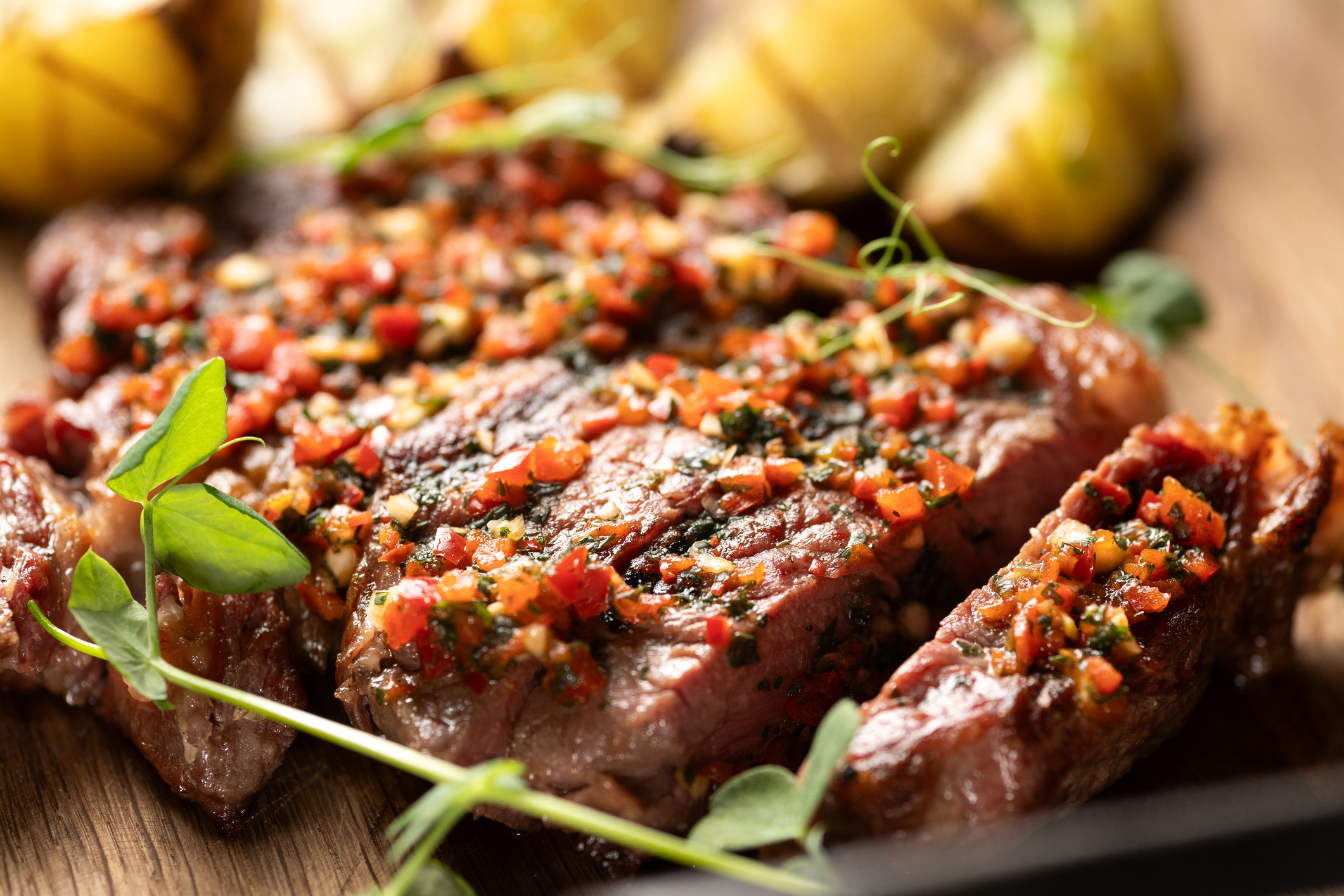Édith Beauchesne-Rondeau, Annie Gascon, Jean Bergeron, and Hélène Jacques
ABSTRACT
Background: To reach desirable lipid and lipoprotein concentrations, patients with hypercholesterolemia are often told to replace the consumption of beef with that of fish and poultry. Objective: The objective of this study was to compare the effects on lipoprotein profiles in hypercholesterolemic men of the incorporation of lean beef, poultry (without skin), and lean fish into an American Heart Association diet with a high polyunsaturatedto- saturated fatty acid ratio and a high fiber content.
Design: Three groups of subjects each rotated in a crossover design through 3 experimental periods that lasted 26 d each. The diets were planned to provide 11 713 kJ/d, of which 18% came from protein, 53% from carbohydrate, and 30% from lipids (polyunsaturated-to-monounsaturated-to-saturated fatty acid ratio: 1.0:1.1:1.0); 268 mg cholesterol/d; and 29 g fiber/d.
Results: The lean beef, lean fish, and poultry diets reduced plasma total and LDL cholesterol by 5–9%, LDL apolipoprotein B by 16–19%, VLDL triacylglycerols by 22–31%, and the ratio of total cholesterol to HDL cholesterol by 6–11%; they also increased the ratio of LDL cholesterol to apolipoprotein B by 18–28%. No significant difference was found in these lipid variables between the 3 experimental diets. However, the lean fish diet increased HDL2 cholesterol significantly more (P < 0.05) than did the lean beef diet and the ratio of HDL2 to HDL3 cholesterol significantly more (P < 0.05) than did the lean beef and poultry diets.
Conclusion: The results indicate that an American Heart Association diet with a high polyunsaturated-to-saturated fatty acid ratio and high fiber content induced numerous favorable changes in coronary artery disease risk factors in hypercholesterolemic men, regardless of the protein source. Am J Clin Nutr 2003;77:587–93.

